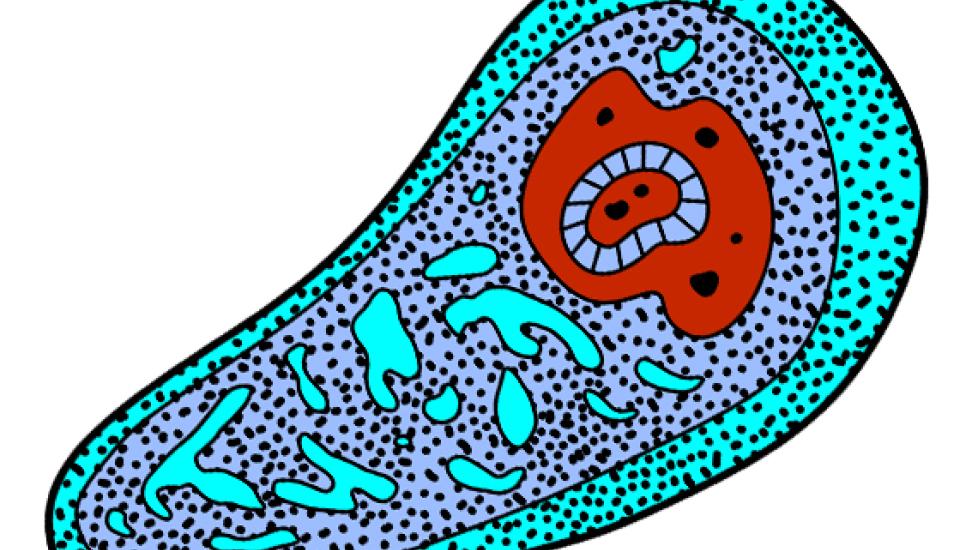The Ins and Outs of Ameba Infections: Protecting Your Canine Companion
As a pet owner, it’s crucial to be aware of the various health threats that can affect our beloved furry friends. One such threat is ameba infection, which can cause severe gastrointestinal distress and other complications if left untreated. It is important for dog owners to understand how these microscopic organisms invade their pets’ bodies, what symptoms to look out for, and most importantly, how to prevent and treat an ameba infection effectively.
What are Amoebas?
Amoebas (or amoeboid protists) are single-celled eukaryotic microorganisms characterized by their ability to change shape due to the presence of pseudopods. They live in various environments, including freshwater, marine water, damp soil, and even the human gut. The types of amoebas that can infect dogs include Entamoeba histolytica, Balantidium coli, and free-living amoebas like Naegleria fowleri and Acanthamoeba castellanii. These amoebas have different modes of transmission and can lead to distinct clinical presentations in infected animals.
Symptoms of Ameba Infection in Dogs
Signs of ameba infection in dogs may vary depending on the type of amoeba involved but generally present as gastrointestinal issues. Common symptoms include:
- Diarrhea with blood or mucus
- Vomiting
- Abdominal pain
- Weight loss
- Dehydration
- Lethargy
- Fever
In some cases, particularly with Naegleria fowleri infections, neurological signs such as seizures, aggression, and disorientation might also occur.
How Does an Ameba Infection Occur in Dogs?
Dogs can contract amoebic infections through several routes:
- Ingestion: Consuming food or water contaminated with cysts or trophozoites. This is especially common with parasitic forms like E. histolytica and B. coli.
- Direct Contact: Direct contact with fecal matter from infected animals can spread certain strains of amoebas.
- Respiratory Route: Some species of free-living amoebas can be inhaled into the respiratory tract, where they can cause lung disease before spreading to other parts of the body.
- Swimming Pools and Hot Tubs: Improperly maintained swimming pools and hot tubs can become breeding grounds for N. fowleri, which can then be ingested while playing in the water.
Preventing and Treating Ameba Infections in Dogs
Prevention is key when dealing with ameba infections. Here are some steps you can take to protect your pooch:
- Hygiene: Keep your dog’s living area clean and ensure all feces are promptly removed to reduce contamination risk.
- Water Quality: Test and maintain proper chlorination levels in any water sources used by your dog, whether it’s for drinking or recreational purposes.
- Food Safety: Provide safe and uncontaminated food and water for your dog at all times.
- Regular Checkups: Schedule regular veterinary check-ups to monitor your dog’s health and catch early signs of illness.
If your dog does show signs of an ameba infection, seek immediate veterinary attention. Treatment typically involves antibiotics or antiprotozoal drugs specific to the type of amoeba causing the infection. Supportive care measures such as fluid therapy and dietary management may also be necessary during recovery.
Remember, knowledge is power! By understanding the ins and outs of ameba infections and taking proactive steps to safeguard your dog’s well-being, you can provide them with a healthier and happier life alongside you. Always consult with a veterinarian if you suspect your pet has contracted an ameba infection to receive accurate diagnosis and treatment recommendations tailored to your dog’s needs.
